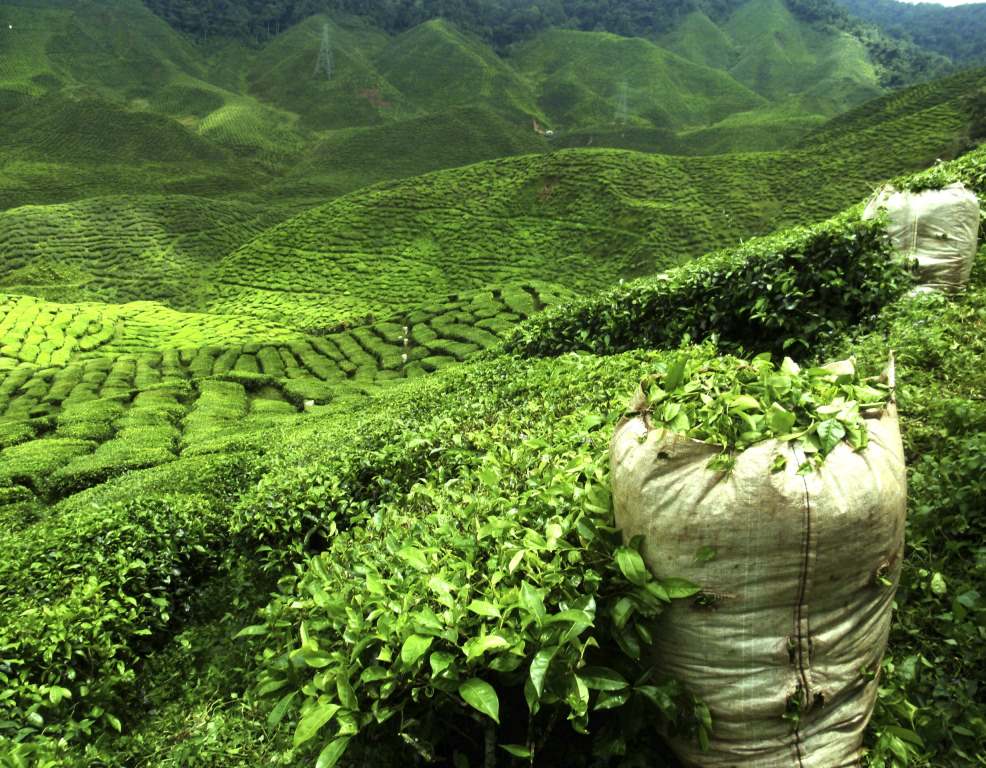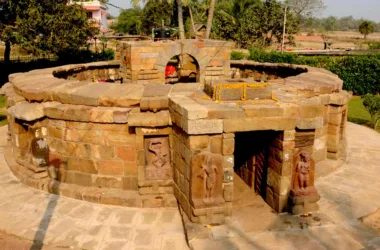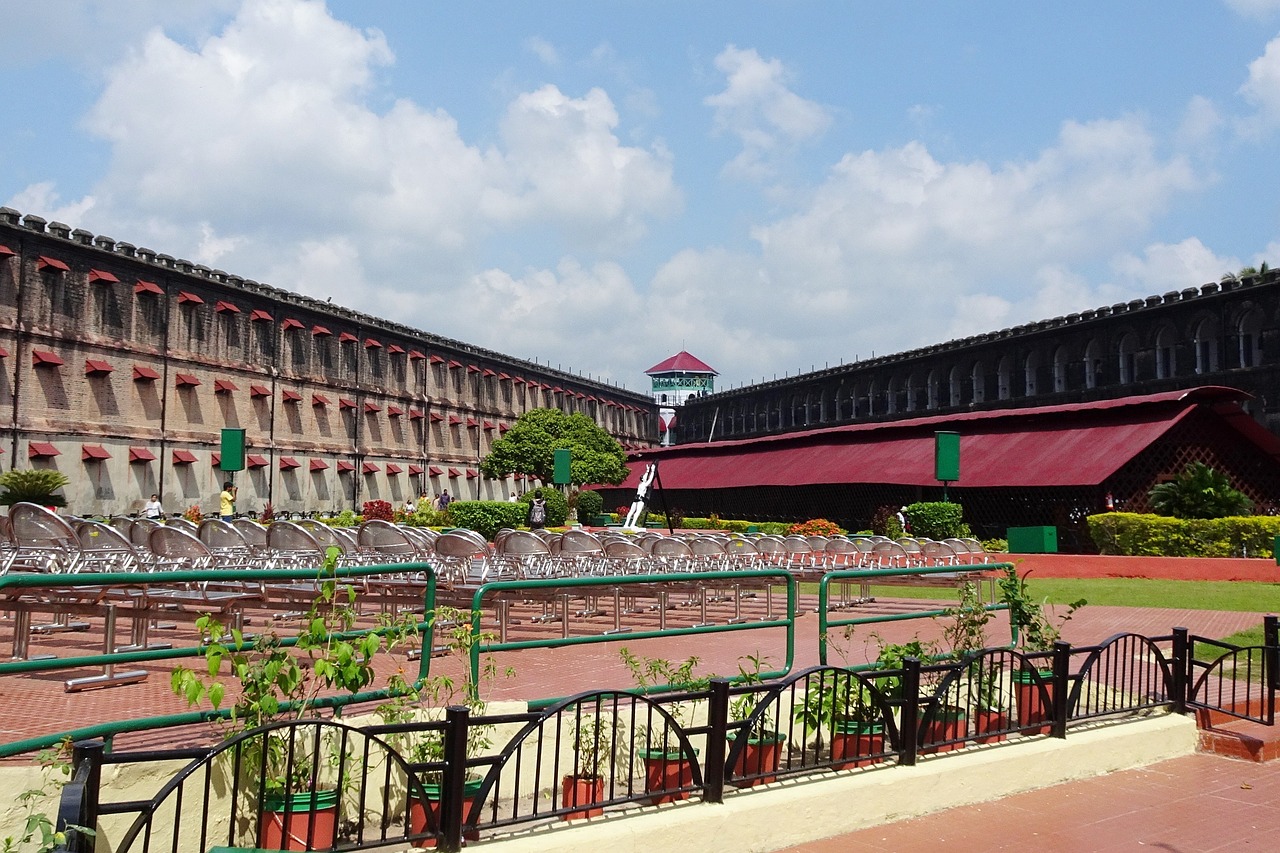Tourists flock to Goa for its beaches and laid-back vibes. However, there’s a whole lot more to experience that reflects the state’s Hindu and Portuguese culture. This three-day Goa itinerary covers attractions in both north and south Goa, as well as the capital city Panjim. Ideally, base yourself in Panjim, as it’s centrally situated between the north and south districts (Goa’s coastline stretches for about 100 miles). Panjim’s Fontainhas Latin Quarter has some delightful accommodations in restored Portuguese mansions for all budgets.
Day 1: Morning
:max_bytes(150000):strip_icc():format(webp)/GettyImages-1167610427-25433faeb3fd4995a2fc6d64c0c68e8a.jpg)
8:30 a.m.: After breakfast, head over to Old Goa (20 minutes from Panjim) to delve into the state’s Portuguese past. It flourished as the grand and debaucherous headquarters of the Portuguese in the 16th century. A couple of centuries later, poor sanitation and a series of epidemics had wreaked havoc, forcing the Portuguese to abandon the city and eventually relocate their capital to Panjim in 1843. Old Goa’s remaining churches and convents are now a UNESCO World Heritage Site, making it one of the top historical places to visit in India. There are various options for guided tours including an Old Goa Heritage Walk, a Walking Tour of Old Goa Churches, and a Lost City of Old Goa electric bike tour.
11 a.m.: Proceed to Savoi Spice Plantation for lunch (30 minutes from Old Goa). There are numerous spice plantations near Ponda but Savoi is the most non-commercial one (the others are Sahakari Spice Plantation and Tropical Spice Plantation). This organic plantation is spread over 100 acres and is 200 years old. Tasty traditional Goan Hindu Saraswat cuisine is prepared from ingredients grown on the property, cooked in earthen pots, and served on banana leaves. You can wander through the plantation and spend time bird-watching by the lake. Cashew feni, the local brew, is also available for tasting and purchase.
Day 1: Afternoon
:max_bytes(150000):strip_icc():format(webp)/GettyImages-1097254428-6f5ecc41d2ba41f4a6c04e1b540dee53.jpg)
2 p.m.: Return to Panjim and explore the city, which lies along the banks of the Mandovi River. See the landmark baroque-style Our Lady of the Immaculate Conception Church, stroll along the Promenade, and browse the vibrant Panjim Municipal Market. You can buy all kinds of goods there such as local produce, sweets, fish, and clothes. It’s an interesting place to observe daily life in Goa.
4:30 p.m. Wander through Panjim’s atmospheric Fontainhas Latin Quarter, which developed into an affluent residential neighborhood for rulers and administrators after the Portuguese moved their capital to Panjim. This immersive 2-hour Fontainhas Heritage Walk provides information about the architecture, entry to two heritage homes, a meeting with a renowned Goan musician to understand the Portuguese influence on Goan music, and a visit to a maker of handcrafted ceramic souvenirs.
Day 1: Evening
:max_bytes(150000):strip_icc():format(webp)/GettyImages-148809997-ae685cf767b74a2fa05e504f0dd79e43.jpg)
7 p.m.: Drop into Joseph Bar on Gomes Pereira Road for a quick drink. This legendary local establishment was recently spruced up. Try the feni cocktail.
7:30 p.m.: Fontainhas is a great place to have dinner as well. Viva Panjim and the bohemian Hotel Venite on 31st January Road are popular heritage restaurants that offer authentic Portuguese and Goan food. In Panjim, try Mum’s Kitchen, the Black Sheep Bistro, or The Fisherman’s Wharf for somewhere more upmarket. If you’d prefer to be guided, the Goan Feni and Tapas Food Trail cover old-school taverns, a vintage Goan club where Portuguese nobility socialized, and dinner at an Indo-Portuguese cafe.
9:30 p.m.: End the night at Soho on M.G. Road in Fontainhas. This hip new designer bar occupies a transformed 19th-century building that was previously a lodge.
Day 2: Morning
:max_bytes(150000):strip_icc():format(webp)/GettyImages-148862726-566d52ca3df78ce1618d8d8b.jpg)
5 a.m.: Rise and shine before the sun does, and head over to Chandor (an hour and 20 minutes from Panjim) for an exhilarating early morning hot air balloon flight over South Goa. The flights are conducted by Tiger Balloon Safaris in conjunction with Goa Tourism and operate from mid-October to mid-May. The cost is $190 or 11,000 rupees per person.
9 a.m.: Join a guided Chandor Heritage Walk to discover Goa’s pre-Portuguese history, when Chandor was called Chandrapura—an ancient capital of Hindu kings and reputed port of international trade on the Kushavati River. It covers historical sites and ruins from as far back as the 4th-century Mauryan Empire and includes a visit to a pre-Portuguese era house that has interesting artifacts associated with the Mauryan and Kadamba eras. Alternatively, if you’d rather focus on Chandor’s Portuguese mansions (including the Braganza House, the largest and most opulent of its kind in Goa) and chapels, you’ll find the guided Cultural and Heritage Walk of Chandor more suitable.
Day 2: Afternoon
:max_bytes(150000):strip_icc():format(webp)/GettyImages-494547544-7d5ddb415fc64f128124c5a8b141464a.jpg)
Noon: Have lunch in Margao, South Goa’s main city (20 minutes from Chandor). Martins is a stylish option for Goan and global fare. It’s closed on Tuesdays though. A bit easier on the wallet, Peppers Gourmet Cuisine is recommended for traditional Goan food too.
2 p.m.: Stop at the Goa Chitra Museum in Benaulim (15 minutes from Margao), which showcases the old agricultural way of life in Goa before the onset of tourism. It was established by artist and restorer Victor Hugo Gomes and has more than 4,000 objects on display including farming equipment and kitchen utensils. Some are used on the functional organic farm that’s also part of the museum. Tours are conducted every hour. Tickets cost 300 rupees per person.
3:30 p.m.: Visit the twin temples of Hindu goddess Shantadurga in Fatorpa village (30 minutes from Benaulim). She’s a peaceful version of the Mother Goddess, Durga, who communicates to devotees through dreams. The Sri Shantadurga Kunkalikarin temple contains an idol of the goddess that was saved from the Portuguese and kept in the village, where the new temple was built for her. Annual “zatra” festivals are held in December or January, featuring colorful processions of the deity on various chariots.
Day 2: Evening
:max_bytes(150000):strip_icc():format(webp)/GettyImages-521007670-6b99e339a88e4ed79d864643894d58dd.jpg)
5 p.m.: Settle down at a shack on Palolem beach (40 minutes from Fatorpa) and enjoy the sunset. This scenic, mile-long beach is enclosed by a thick forest of coconut palms and fringed by beach shacks. It’s the most happening beach in South Goa. Stay on for dinner, as there are plenty of yummy places to choose from. Dropadi is possibly the most popular shack on the beach. However, you’ll find an assortment of restaurants on the streets behind the beach too, along with shops selling the usual clothing and accessories.
Expect the drive back to Panjim to take about 2 hours.
Day 3: Morning
:max_bytes(150000):strip_icc():format(webp)/GettyImages-1173785317-f29c846a24c74e7a947ac765c66a8219.jpg)
9:30 a.m.: Start the day by visiting Goa’s oldest fort—Reis Magos Fort—on the opposite side of the Mandovi River (20 minutes from Panjim). The Portuguese developed it in the 16th century to defend their headquarters in Old Goa, and it was restored and opened as a cultural center in 2012. Mario Miranda, a much-loved cartoonist from Loutolim in South Goa, initiated the restoration and the fort has a gallery of his works. There’s also a gallery of historical photos and a freedom fighter’s gallery where you can learn about Goa’s struggle for liberation from Portuguese rule (the fort served as a jail for freedom fighters in the early 20th century). The entry fee is 50 rupees for adults and 25 rupees for children. The fort is closed on Mondays.
11 a.m.: Admire contemporary art that celebrates the state’s history and people at the Museum of Goa (15 minutes from Reis Magos Fort). This modern three-story museum was founded and is curated, by acclaimed artist and sculptor Subodh Kerkar. Tickets cost 100 rupees for Indians and 300 rupees for foreigners. You can take a guided tour for an additional fee. The museum is closed on Mondays.
Day 3: Afternoon
:max_bytes(150000):strip_icc():format(webp)/GettyImages-148522232-357c069be61a445db75e815b4f63cf3a.jpg)
Noon: Have lunch at Anjuna or Vagator (30 minutes from the Museum of Goa). Choose from the famous Curlie’s beach shack right on Anjuna beach, Purple Martini at Sunset Point overlooking Anjuna beach, Artjuna garden cafe and lifestyle shop set back from Anjuna beach, or Olive Bar and Kitchen on the cliffside overlooking Vagator beach.
1.30 p.m.: If it’s Wednesday, check out the iconic Anjuna flea market. Otherwise, go beach-hopping up North Goa’s coast to Ashwem and Mandrem beaches. Ashwem has some funky boutiques if you’re keen to shop. Even Mick Jagger’s daughter, Jade Jagger, has a designer jewelry shop there.
Day 3: Evening
5 p.m.: Reach Arambol beach in time for sunset. Goa’s northernmost beach was the latest hippie haven but has been taken over by an influx of travelers. There’s a sunset market on the beach, drum circles, and jam sessions.
7:30 p.m.: The Goa Collective Bazaar at Hilltop (near Vagator beach) is the place to hang out on Friday nights. On Saturdays, the Saturday Night Market in Arpora (between Anjuna and Baga) is where it’s at. Both markets are seasonal and have food, drinks, and music.
Otherwise, have dinner at a restaurant in one of the inland villages. Gunpowder in Assagao serves up outstanding south Indian cuisine. Cantare is a cozy tavern with a twist in Saligao and there’s often live music.
10 p.m.: If you feel like partying, the open-air Cohiba Bar and Kitchen in Candolim is a cool place with different events each night including live music.
8 Things To do In Goa For A Happening Vacation
Important Links
Delhi to Goa Flights (Link)
Goa Weather (Link)
Goa News (Link)
FC Goa (Link)
Hotels In Goa (Link)
Mumbai to goa flight (Link)
Goa temperature (Link)
Goa tourism (Link)
Goa map (Link)
Goa University (Link)
Places to visit in goa (Link)
Bangalore to goa flight (Link)
Goa resorts (Link)
Airbnb goa (Link)
Weather in goa (Link)
Goa Star (Link)
Goa Matka (Link)
Rajshree Goa (Link)
Frequently Asked Questions About Goa
Q. What is Goa famous for?
A – The state of Goa in India is famous for its beaches and places of worship. Tourism is its primary industry and is generally focused on the coastal areas of Goa, with a decrease in inland tourist activity.
Q. What is the best time to visit Goa?
A – Mid-November to mid-February: These are the best months to visit the party capital as the weather is pleasantly cool and comfortable. This is the perfect time to relax on the beaches amongst other tourists to make the most of these three months in Goa.
Q. Is Goa rich or poor?
A – It is the smallest state in India by area and the fourth smallest by population. Goa has the highest GDP per capita among all Indian states, which is more than two and a half times the per capita GDP of the entire country.
Q. What is the staple food of Goa?
A – The cuisine of the Goan people is mostly based on seafood; The staple foods are rice and fish. Kingfish (Vision or Viswan) is one of the most commonly eaten varieties of fish. Other fish varieties include pomfret, shark, tuna, sardines, and mackerel.
Q. How many days are enough in Goa?
A – Even two days is enough time to give the best experience to Goa. When you are in Goa you cannot miss visiting the azure beaches which are truly mesmerizing. You can plan a half-day beach walk where you can sunbathe, relax, unwind and enjoy the exciting water sports activities here.
Q. Is 5 days enough for Goa?
A – The state can have a lot of attractions, but if you plan it well – you can cover a lot of Goa in just 5 days!
Q. Is Goa a safe city?
A – Goa is considered a safe destination for tourists provided they follow standard safety and security advisories. Rare crimes against foreigners are usually opportunistic in nature, which can be avoided by not walking at night in unlit places and keeping objects out of sight.
Q. Which language is spoken in Goa?
A – The Official Languages Act, 1987 provides that Konkani shall be the official language, while Marathi shall be used for all or any of the official purposes.
Q. Is it expensive to live in Goa?
A – Perhaps you will be surprised by the low cost of living in Goa. The tropical, exotic countries of Southeast Asia and the Indian subcontinent are among the cheapest places to travel in the world with beautiful beaches, delicious food, golden temples, colorful culture, friendly people, and a warm climate throughout the year.
Q. Is it safe to travel to Goa at night?
A – Goa is considered one of the safest places to stay in India even at night. However, one should not travel from one island to another at night.
Q. Can girls go alone in Goa?
A – Goa is undoubtedly one of the safest places for solo female travelers to Goa. It is always good to choose an accommodation that you are sure of. Club Mahindra has several properties across Goa, including resorts in Varka or resorts in Margao that ensure that your stay is very safe and enjoyable.
Q. Which sweet is famous in Goa?
A – Dodol is a Goan sweet made from coconut, jaggery, and rice flour. It is a thick brown-colored pudding.
Q. Which breakfast is famous in Goa?
A – Bebinca. This classic Goan dessert is a favorite among locals as well as tourists. Made with coconut milk, all-purpose flour, eggs, and ghee, this layered cake is delicious as a sweet treat or snack.
Q. Which month is crowded in Goa?
A – During peak times – mid-December to mid-January – hotel rates double (at least) and train and plane tickets must be booked in advance.
Q. Why is Goa so different from India?
A – Goa is clearly separated from the rest of India, due to Portuguese rule which separated it from the rest of India for 451 years. The population of Goa is a mix of Hindus and Roman Catholics, the distribution being approximately 65% Hindu and 24% Christian. The Muslim population is also small.









